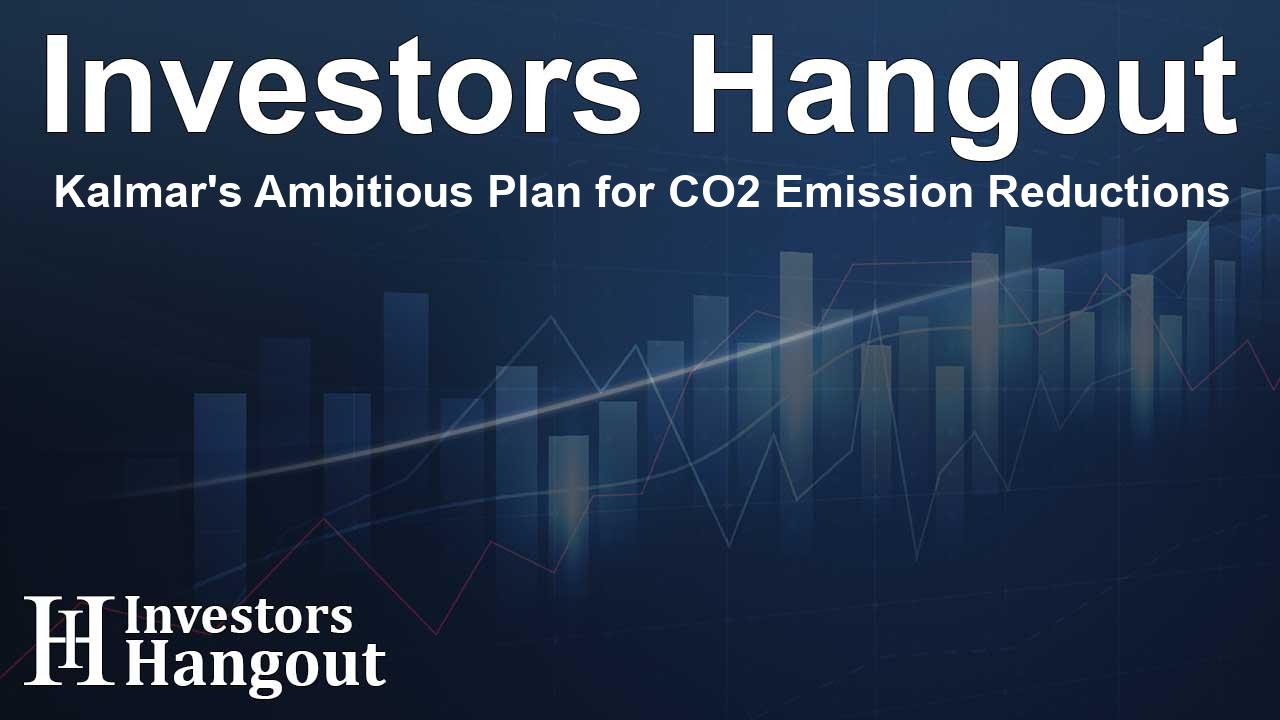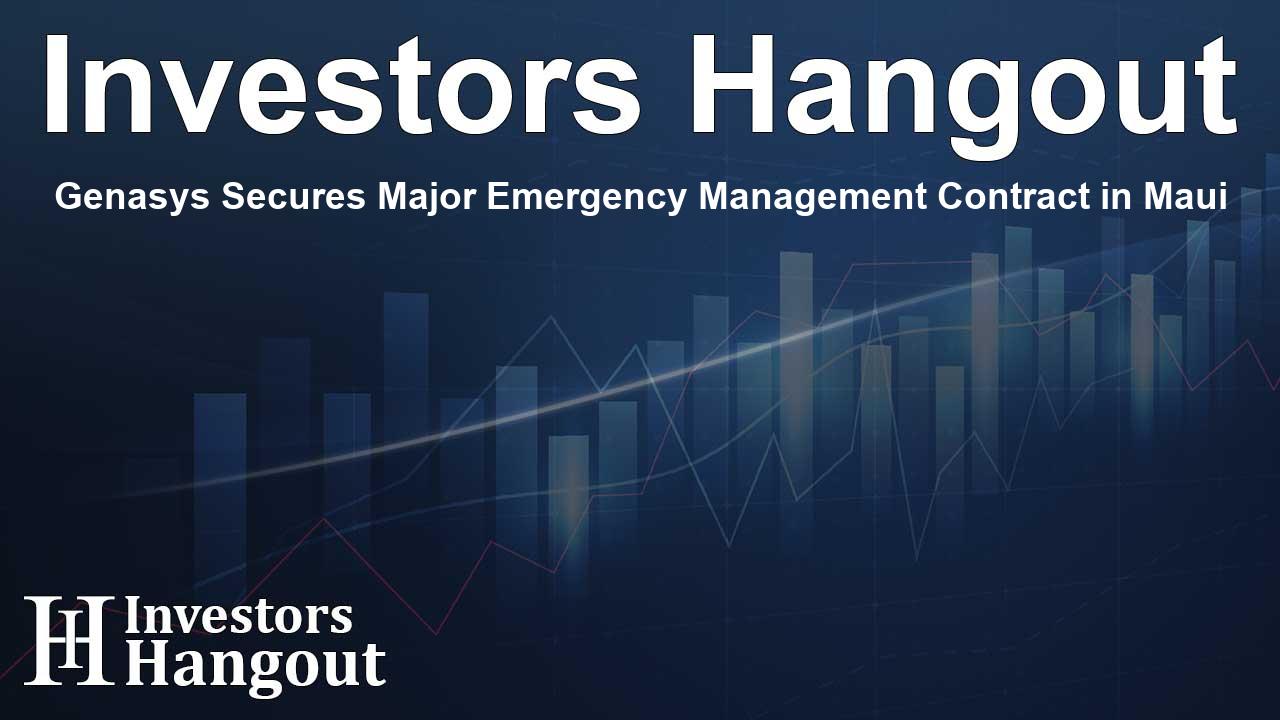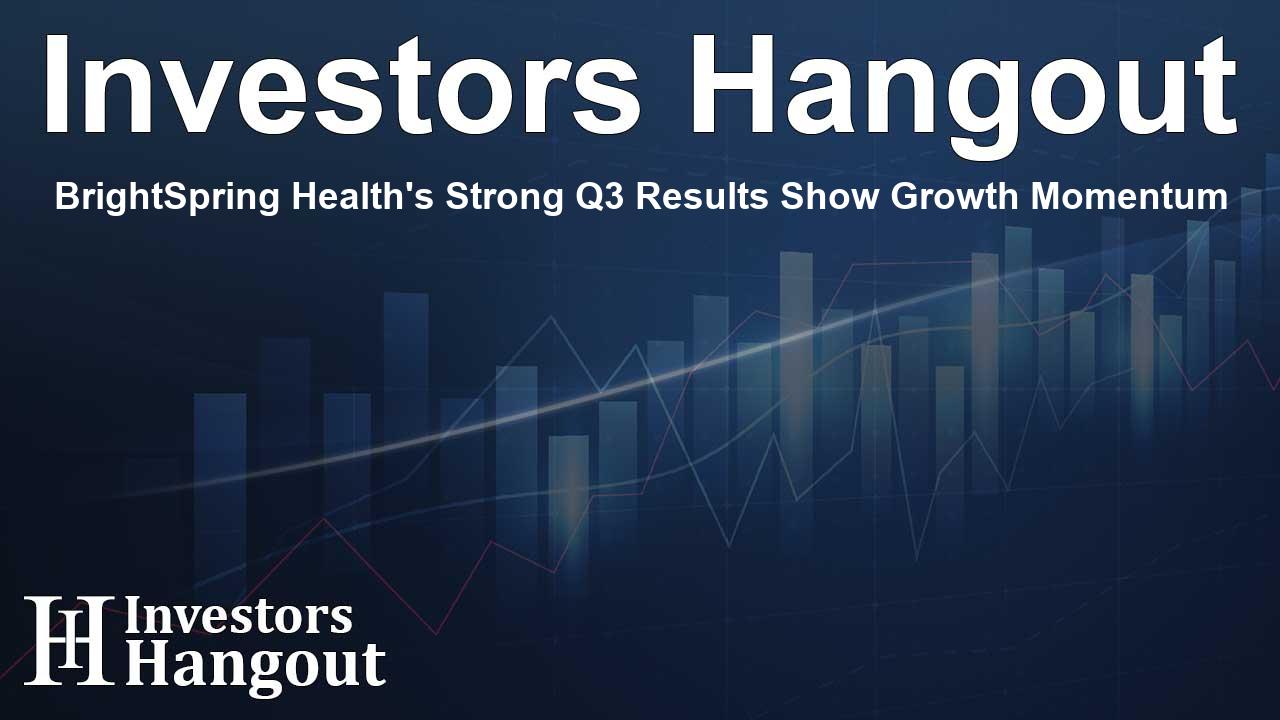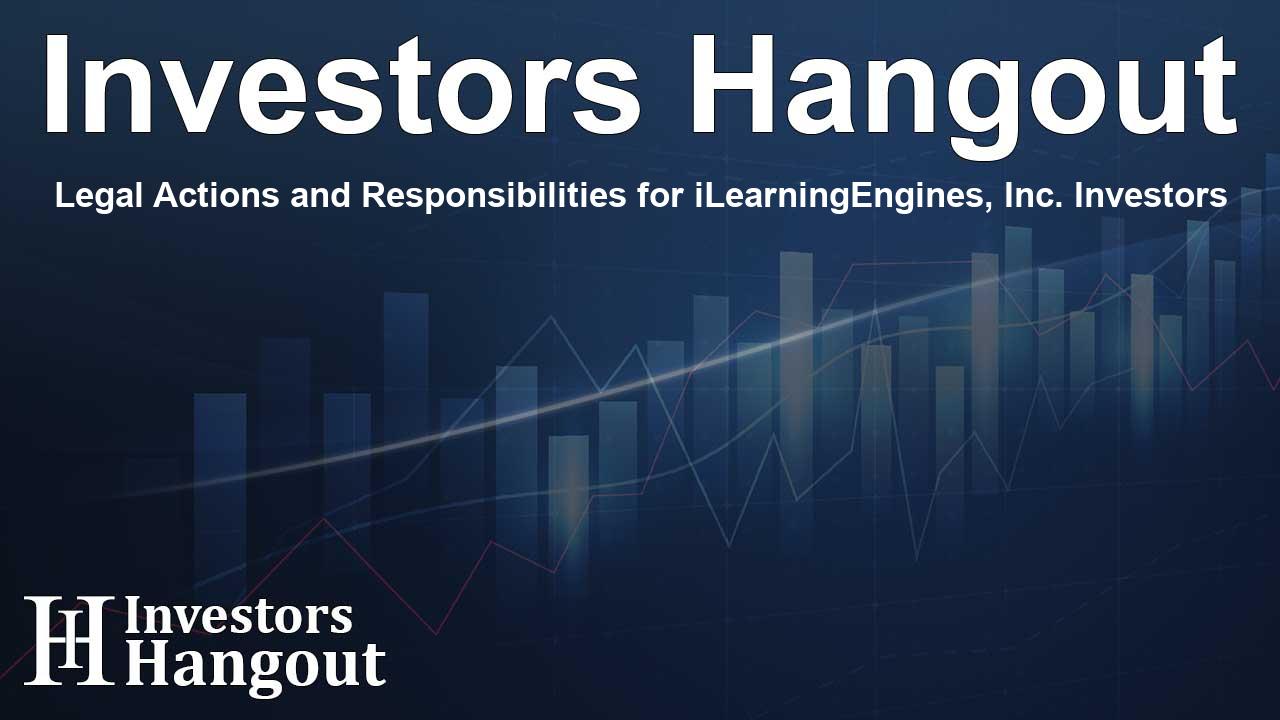Kalmar's Ambitious Plan for CO2 Emission Reductions

Kalmar Sets Ambitious Emission Reduction Goals
Kalmar Corporation has announced significant targets for reducing CO2 emissions as part of its strategy to lead in sustainable material handling solutions. The company has established both near- and long-term goals to minimize its carbon footprint significantly, framing a path towards a greener future.
Near-Term Objectives to Combat Climate Change
The company aims to achieve a remarkable 90% reduction in scope 1 and 2 emissions by the year 2030. This commitment also includes a target of at least 40% reduction in scope 3 emissions, which take into account the entire supply chain's impact. The baseline year for this initiative is set for 2023, emphasizing Kalmar's proactive approach to sustainability.
Long-Term Vision of Net Zero by 2045
Looking ahead, Kalmar envisions attaining net-zero emissions across all scopes by 2045. This long-term target is designed to align with global efforts to limit the increase in average temperatures to 1.5°C, which is crucial for combating climate change effectively.
Recognition from Science Based Targets Initiative
The Science Based Targets initiative (SBTi) has acknowledged Kalmar’s commitment to these reduction targets, further solidifying the company's dedication to aligning with the latest climate science. While awaiting official approval from SBTi, the goals laid out by Kalmar are in line with the stringent requirements set forth in the Paris Agreement, guiding organizations towards meaningful emissions reductions.
Engagement across the Value Chain
Kalmar has detailed a multi-faceted strategy comprising four key areas to meet its ambitious climate targets. First, the company intends to increase investment in innovative, sustainable technologies, particularly focusing on expanding its line of low and zero-emission equipment. This focus is crucial since the operational use of Kalmar's products represents the largest portion of emissions in its value chain.
Collaborative Efforts with Partners
Second, Kalmar plans to work closely with its customers to co-create optimal sustainable solutions. Collaborating with customers not only addresses their specific sustainability challenges but also promotes environmentally sound practices. Third, there will be an emphasis on partnerships with suppliers to discover innovative materials and components that could further decrease the climate impact of Kalmar's offerings.
Operational Reductions to Drive Impact
Lastly, the focus will be on identifying and implementing effective actions to secure the 90% reduction in emissions from its own operations. This integrated approach across the value chain will effectively support the overarching sustainability goals that Kalmar has committed to.
Leadership Commitment to Sustainability
Sami Niiranen, President and CEO of Kalmar, expressed enthusiasm regarding the company's initiative: "Our commitment to setting emission reduction targets in alignment with the Science Based Targets initiative represents a tangible step towards our vision. By integrating the latest climate science, we are not only leading the change toward a sustainable industry but also establishing a foundation for continued profitable growth of our enterprise.”
Further Contact Information for Inquiries
For press-related inquiries, please contact Päivi Koivisto, VP of Sustainability at Kalmar, via telephone at +358 40 743 0306 or reach out via email. Carina Geber-Teir, Senior VP, IR, Marketing & Communications, is also available at +358 40 502 4697 for further information.
Exploring Kalmar's Legacy in Material Handling
Kalmar (Nasdaq Helsinki: KALMAR) continues to play a pivotal role in moving goods within essential supply chains globally, with a mission to pioneer sustainable solutions in material handling equipment and services. The company boasts a diverse range of heavy material handling equipment tailored for ports, terminals, distribution centers, manufacturing, and logistics sectors. Headquartered in Helsinki, Finland, Kalmar operates in over 120 countries and employs about 5,200 people. In the fiscal year 2023, the company's sales reached approximately EUR 2.0 billion.
Frequently Asked Questions
What are Kalmar's primary emission reduction targets?
Kalmar aims to reduce scope 1 and 2 emissions by 90% and scope 3 emissions by 40% by 2030, with a long-term goal of net zero by 2045.
How is Kalmar recognized for its sustainability efforts?
Kalmar's targets have been acknowledged by the Science Based Targets initiative (SBTi) and align with the Paris Agreement goals.
What does scope 1, 2, and 3 emissions mean?
Scope 1 includes direct emissions, scope 2 covers indirect emissions from energy purchases, and scope 3 includes all other emissions in the value chain.
How does Kalmar plan to achieve its climate targets?
Kalmar will focus on sustainable innovations, customer collaborations, supplier partnerships, and operational reductions to meet its ambitious goals.
What is Kalmar's vision for the future?
Kalmar aims to be the leading provider of sustainable material handling solutions, continuing profitable growth while addressing climate change challenges.
About Investors Hangout
Investors Hangout is a leading online stock forum for financial discussion and learning, offering a wide range of free tools and resources. It draws in traders of all levels, who exchange market knowledge, investigate trading tactics, and keep an eye on industry developments in real time. Featuring financial articles, stock message boards, quotes, charts, company profiles, and live news updates. Through cooperative learning and a wealth of informational resources, it helps users from novices creating their first portfolios to experts honing their techniques. Join Investors Hangout today: https://investorshangout.com/
Disclaimer: The content of this article is solely for general informational purposes only; it does not represent legal, financial, or investment advice. Investors Hangout does not offer financial advice; the author is not a licensed financial advisor. Consult a qualified advisor before making any financial or investment decisions based on this article. The author's interpretation of publicly available data shapes the opinions presented here; as a result, they should not be taken as advice to purchase, sell, or hold any securities mentioned or any other investments. The author does not guarantee the accuracy, completeness, or timeliness of any material, providing it "as is." Information and market conditions may change; past performance is not indicative of future outcomes. If any of the material offered here is inaccurate, please contact us for corrections.









